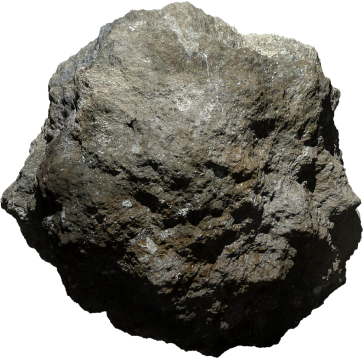In late 2021 we were treated to a comet that was new to science. Comet Leonard passed closest to the Earth on December 12th and continued on to pass the Sun by January 3rd 2022. It was an exciting time for professional and amateur astronomers alike, with a really decent chance of people seeing this mysterious visitor. But what exactly is a comet?
Comets are one of the most impressive and enigmatic objects that we can see in the sky. They are one of the few, along with stars and planets, that are visible with the naked eye, though only at certain parts of their orbit. They exhibit features that we don’t find on other objects, such as long tails, cloudy comas, and deeply eccentric orbits. Some comets rush in from the outer solar system, whip around the Sun and fly off, never to be seen again. Others regularly swing past, bringing a spectacular display generation after generation. For many comets, their final orbit is their most spectacular as they approach too close to the Sun. The gravitational forces of the Sun and high temperature cause these comets to explode as they come too close, these are known as “Sun-grazers”.

Comets need to be big enough, and at the right distance from the Earth and Sun, for us to see them. The appearance of a comet’s tail depends on many factors. It is made up of dust, as well as vapours, from the comet heating up as it approaches the Sun. Many passes can wear away at the amount of material available to form the coma (The fuzzy disk around the comet’s “centre”). If the comet has very little volatile material, either due to its composition or having lost it in previous tails, then it won’t form much of a coma. Then again, new comets do get discovered, so on any given year we may be surprised by a newcomer. At least we still have the traces of comets from the past. One of the materials that forms a comet’s tail is water. This water is locked away as ice when the comet is far from the Sun, but as it returns and heats up the ice melts. Closer to the Sun some of it even becomes gas and these vapours become part of the comet’s tail. This material doesn’t hang around in space, the forces of the Sun’s light and the solar wind, push it away to the outer solar system. However, if a comet crashes into a large enough planet, the gravity of that planet will be strong enough to hold the water. Earth seems to have received some of its water from comets and even larger objects.
The dust that comets leave behind often remains, mapping out the orbit that the comet takes. This dust we do get to see, even if the comet that formed it has vanished to the far side of the solar system. This dust is pulled into the atmosphere of the Earth at certain times of the year, as we cross the path taken by the comet. Much of this dust heats up the air in front of it as it pushes into our atmosphere, causing a glow. As the glowing dust falls, it often looks more like a bright streak in the sky. This is a shooting star or meteor, and the times when we pass through dust left by comets are known as meteor showers.
Comet Leonard’s technical name is C/2021 A1, as it was the first comet discovered this year, on the 3rd of January, by Greg Leonard at Mount Lemmon Observatory. It was visible for several weeks, but if you missed it you’re going to have to wait quite a while for another chance. It is thought to take the comet 80, 000 years to orbit the Sun, so it won’t be back for quite a while! You might want to start a crossword or something to pass the time…






